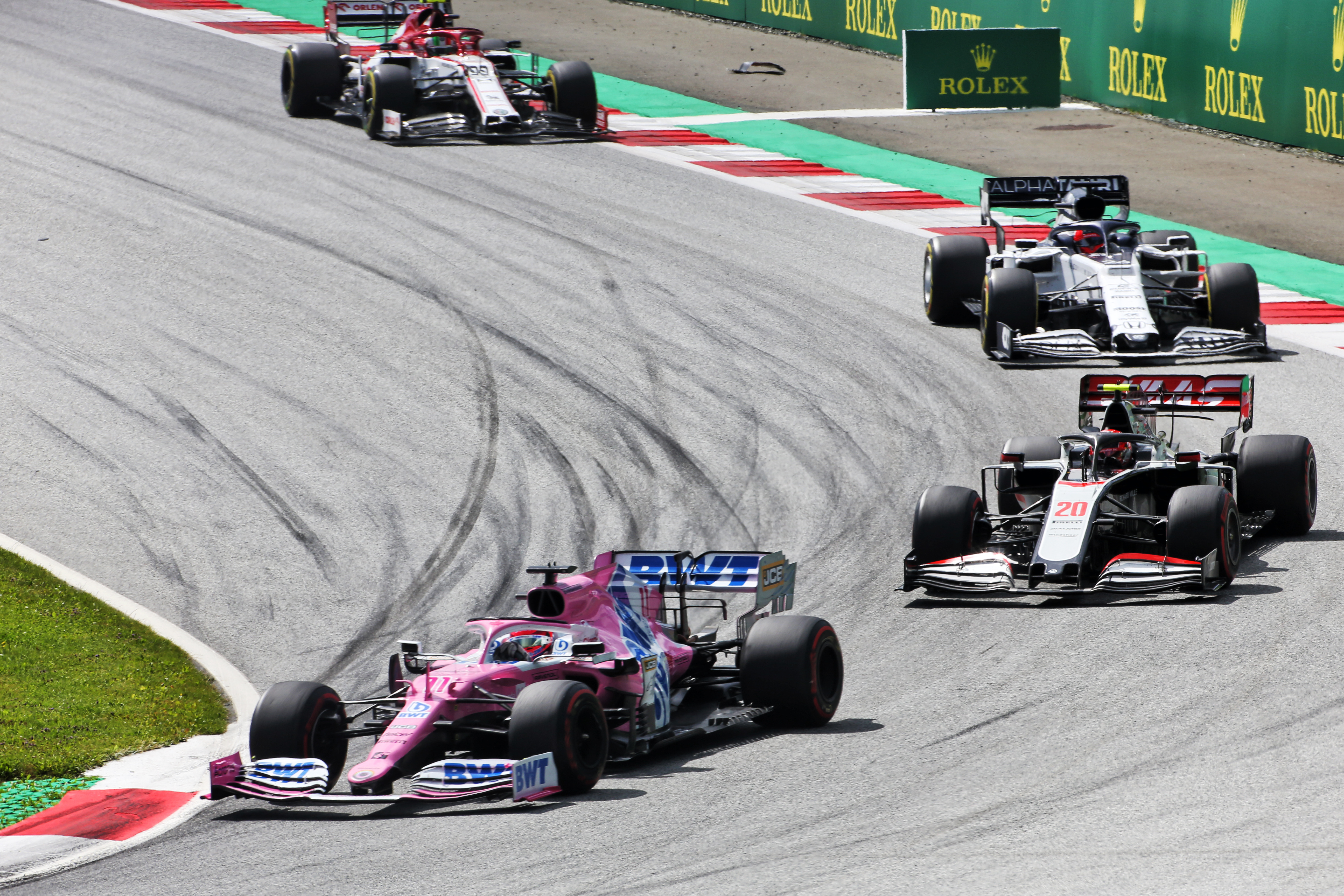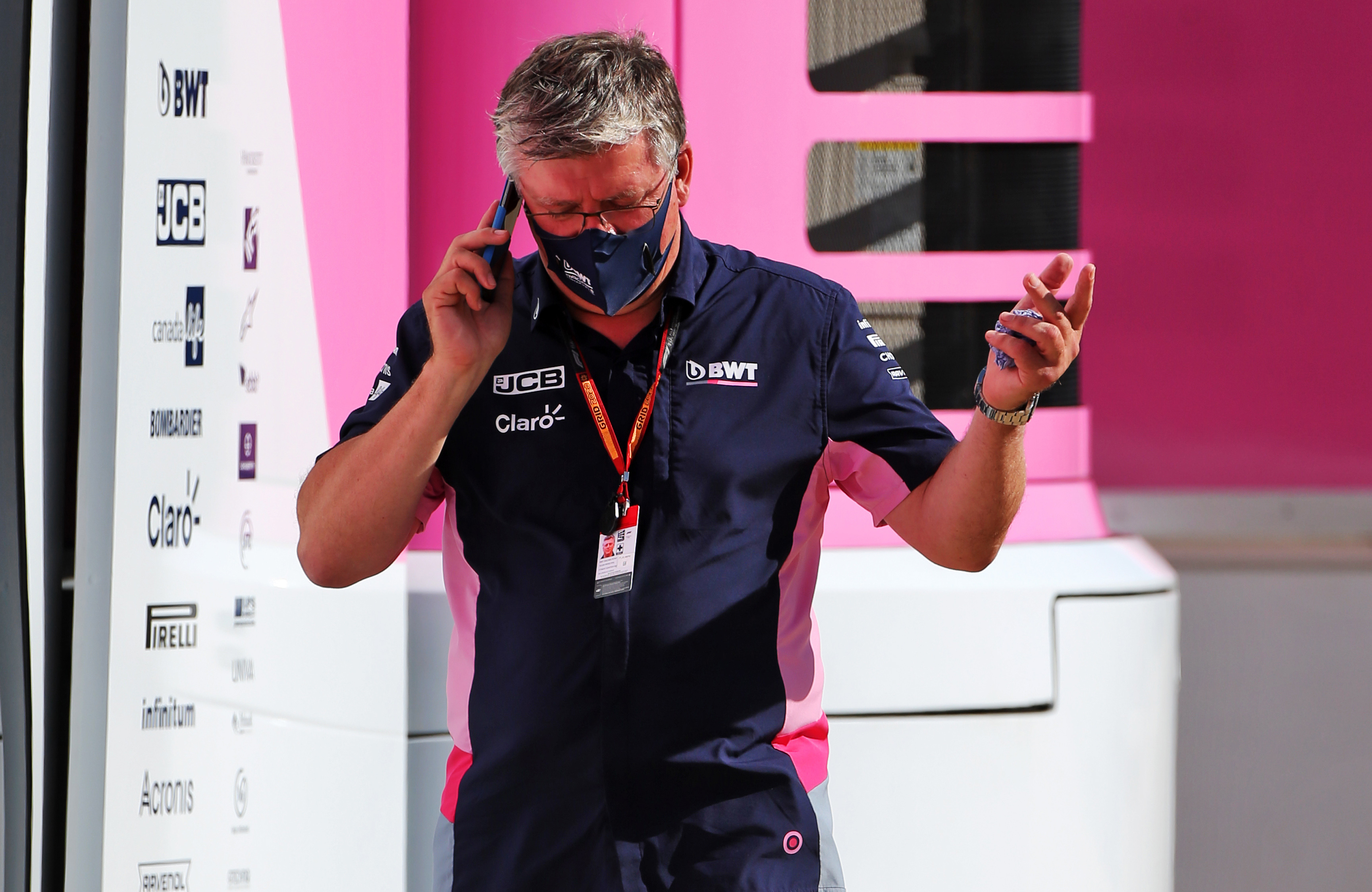Up Next

Racing Point will continue using its Mercedes-inspired brake ducts even though they were developed illegally because expecting it to create a new design would be “unreasonable”, says the FIA.
On Friday ahead of the 70th Anniversary Grand Prix at Silverstone the FIA stewards ruled that Racing Point’s process of developing its brake ducts, specifically the rears, from Mercedes data was illegal despite obtaining that data last year being within the rules.
“It would be very unreasonable to expect Racing Point to forget their knowledge and design again from a clean sheet of paper and start from scratch” :: Nikolas Tombazis
Brake ducts were a non-listed part in 2019 which meant Racing Point purchased the components legally, but as they are listed parts in 2020 they now have to be of its own design.
Though the front and rear brake ducts conform to the technical regulations the design process was illegal, and Racing Point has been fined and docked constructors’ championship points for using them in the Styrian Grand Prix, the first race that Renault protested the team.

However, the protests of Racing Point’s cars from the Hungarian and British GPs, where the brake ducts were used again, only resulted in reprimands and the stewards’ verdict indicates that Racing Point may continue using the components without further sanction.
FIA head of single-seater technical matters Nikolas Tombazis explained that the penalties applied were considered appropriate given “it was the process at fault not the components themselves”.
Asked if it meant Racing Point has to change the components, he said: “On the basis of the stewards’ decision I think the answer to that question is no.
“There’s plenty of reason for that. It would be very unreasonable to expect Racing Point to forget their knowledge and design again from a clean sheet of paper and start from scratch.
“Designs never work that way, they always start from existing knowledge.
“To somehow expect them to do something completely different would be unreasonable and also very difficult for us to ascertain whether something is sufficiently different or not.
“That would be quite an unreasonable expectation.”
Racing Point boss Otmar Szafnauer, who had previously said it would be “impossible” for the team to be found in the wrong in this case, said it was “good news” that the car was deemed “completely legal”.

He said it was “a bit bewildering” that the process of the design was considered illegal given the vague nature of the sporting regulations around the brake ducts becoming listed parts for 2020.
But he reiterated the value of being able to continue running the components.
“We now have to decide whether our punishment is one that we should appeal,” he told Sky Sports F1.
“But the good news is that we can continue to run this car as it is, even here and thereafter, and it is legal.”
Tombazis stressed that Racing Point had properly assisted the FIA’s investigation and was simply at fault for interpreting the rules incorrectly.
However, he did concede that “this process demonstrated to us that certain aspects were not completely clear”.
“Racing Point have been completely transparent in the process,” he said.
“There’s been absolutely no underhand actions or hidden agendas or anything.
“They interpreted the rules as they thought correct. But clearly the change of status of the brake ducts from non-listed to listed between the two years created these unprecedented circumstances, which pushed us to define exactly what is a design and so on.
“I have to also say Racing Point could have obtained a very similar end result if they had used photographs as they used for the rest of the car.
“And that is also taken into account into the proportionality of the penalty.”





